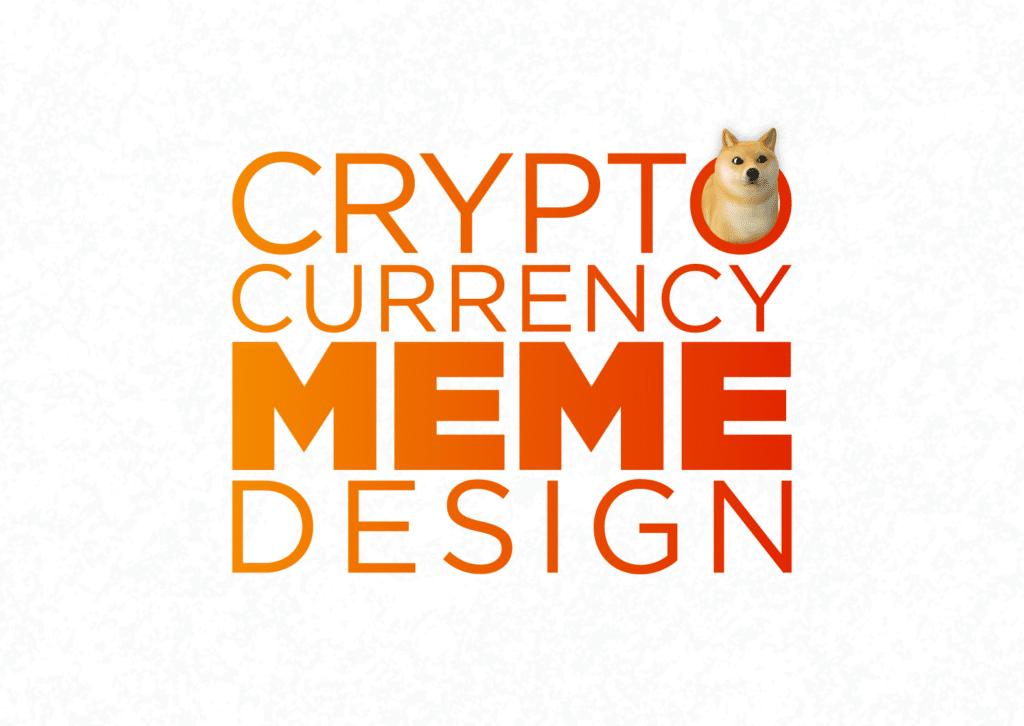Most of the UX psychology guides online are pretty broad. After all, you can only fit so much information in a single article. But we aren’t satisfied. That’s why we’re creating a nine-part series on the most important psychological principles of UX design–starting with this post. In each of the following posts, we will choose a principle, then explore why it’s important and how you can use it in your own work. Remember Subscribe to FyreNews to get notified when we post another article in the series.
Anyway, without further ado, here is our ever-expanding guide to UX Psychology.
1) Raise the Roof with Social Proof
Don’t know which restaurant to choose? Check how many people are inside. Don’t know what to buy on Amazon? Check the reviews.
Choosing what to buy is hard because you won’t know if you like it until you’ve already paid for it. It’s especially hard for online shoppers, who can’t even touch the product until it arrives at their doorstep. But when a shopper can see how many other people liked an item, they feel more comfortable buying it. That’s social proof: looking for proof that something is valuable based on the experiences of other people. It’s a super-powerful phenomenon that influences almost every purchase and decision you make. No UX designer should ignore it.
ReadSocial Proof: If Everyone Likes It, So Will You
2) Keep it Cool with Peak-End Rule
On paper, amusement parks are horrible. You spend way more time waiting in hour-long lines and sweating in 100-degree weather than actually riding roller coasters. But if amusement parks are so bad, why is it so hard to leave one without a smile on your face?
Even though most of the experience is boring and uncomfortable, that’s not how we remember it. We only remember two points: the peak (the most intense part) and the end. It’s not just for amusement parks, though. That psychological principle applies to any experience. If you keep the peak-end rule in mind when you design a high-quality UX, users will walk away satisfied and keep coming back.
ReadPeak End Rule: The Ups and Downs of UX
3) Condition with a Mission
You can’t teach an old dog new tricks, but you can always teach a user with the right psychological principles.
For that, use Pavlovian Conditioning. It’s similar to training a dog. When a dog does a trick, you give it a treat. The dog associates the reward with the task. Eventually, the dog will do the trick even without the reward.
The same goes for people. Want to teach a user a new behavior? Associate an action with a result. When the user presses a button, a micro-animation can make the experience more rewarding. Use psychological principles, like Pavlovian Conditioning, to make your UX better.
Read Pavlovian Conditioning: Using UX Psychology to Train Users
4) Do Not Throttle Their Mental Model

Wouldn’t it be great if a user knew how to use your app before they even installed it?
Well, it turns out they can. If you build the app to function similarly to a real-world object or another app that they’ve used before, people will find it easier to use. Take advantage of their pre-conceived habits so you don’t need to build new ones.
Read The Mental Model: Your User’s Built-In Instruction Manual
5) Hyman-Hick Makes it Quick

You don’t need a ton of time to choose a meal at a fast-food restaurant–the menu isn’t that big. But if you go to a fancy restaurant, the menu will be a bit bigger, so you may need some more time. When you add more options, it takes longer to choose.
That’s the Hick-Hyman Law–we switched up the name to make it rhyme–and it’s just as important for human-focused UX design as it is for restaurants. If you give users too many choices, they will take more time to choose. That’s not good if you want them to set up an account ASAP. Instead of overwhelming the user, you need to break up decisions into smaller steps. If you can’t remove options, highlight or recommend some. Above all, keep it simple and keep it quick.
Read Hick’s Law: The Psychology Behind Faster UX
6) Don’t Ignore Von Restorff
![]()
When you browse books on a shelf at the library, you pull out the ones that stand out the most to you. For that matter, whenever you need to select one thing from a group of other things, you’re most likely to choose–or at least remember–the items that stand out from the rest of the crowd.
Don’t believe me? Which item in the image below is most memorable?

You probably selected the circle–or at least considered selecting it–because it’s different. That’s the Von Resfotff Effect: people remember things that stand out. It’s an easy way to influence people to make certain decisions. If you want someone to select an option, make it special.
Read The Von Restorff Effect: Why Good UX Stands Out
7) Use Mere Exposure to Keep Composure

Has a song ever “grown on you” over time? At first, you may not have liked it, but after hearing it so many times, you grew to be more familiar. Merely being exposed to it made you like it more.
Unsurprisingly, that’s a psychological principle called the Mere Exposure Effect. It says that people are biased toward things they are familiar with.
Read Mere Exposure Effect: The Psychology of Familiar UX
8) The Bad Effects of Dark UX

This point is super important: don’t use dark patterns.
Dark UX, or dark patterns, occurs when an app uses psychological principles to suggest one behavior, but enact another. Put simply, it’s when an app tricks people to do things they do not want to do. Dark patterns are never present in human-focused UX. Avoid them at all costs.
Read Dark Patterns: A New Scientific Look At UX Deception
More on UX Psychology
Each of these principles only scratches the surface. We’ve included a list of resources, references, and studies to keep you well-informed beyond these basic principles.
Resources
Cognitive Bias Cheat Sheet — THE ultimate reference for cognitive biases
Cognitive Bias Cheat Sheet, Simplified — a shorter version of the above resource
UX Design Library — tons of tutorials, articles, and more
Guide to UX Research — hundreds of resources and tools for UX research
UX Stack Exchange — a great forum for asking/answering questions
UXMyths — a great source for disproving UX misconceptions and finding more readings
Articles
Cognitive UXD — an absolutely wonderful curated website dedicated to UX Psychology
Laws of UX — twenty illustrated principles of UX design
10 Findings from Psychology That Every User Researcher Should Know — a wonderful analysis of psychology research in UX
Know Your Users — UX Statistics and Insights (with Infographic) — some great UX statistics
The Fast-Track Psychology Career That No One Told You About — a great argument in favor of using psychology in UX design
Nielsen Norman Group’s UX Psychology Articles — lots of wonderful research-based articles and videos
14 Design Psychology Articles for UX Practitioners — an aggregate of fourteen UX Psychology articles
Videos
The First Secret of Great Design — a TED talk about habituation in design
High-Resolution Episode 6: IBM Mead of Design, Phil Gilbert — part of a great series on UX design in enterprises
The Laws of UX – 19 Psychological Design Principles — a wonderful youtube video explaining several principles in detail
Psychology of Sales — an essential video for eCommerce design
The Psych Show — lots of fun and simple psychology videos
The Gestalt Principles | Basics for Beginners — an animated video that explains how our brains group design elements
Designing Fantastic User Experiences With Psychology — a long in-depth talk of neuroscience in psychology
Podcasts
UXPodcast Episode 125: Human-Centered Design — a great episode about compartmentalizing in UX design
Hidden Brain from NPR — a wonderful podcast about subconscious human behavior
The Honest Designers Show Episode 35: The Psychology Behind Design — a greater look at the psychology of designers
Hypergrowth Episode 22: The 8 Most Important Psychological Principles That Product Teams Should Know — an especially insightful episode about UX psychology
The Psychology of Video Games Episode 37: Cognitive Psychology and User Experience — a podcast episode that focuses on UX psychology in video game design
Academic Papers
Towards a UX Manifesto — a comprehensive workshopped manifest of UX design
What is User Experience Really: Towards a UX Conceptual Framework — another UX framework
Psychology of User Experience in a Collaborative Video-Conference System — a study exploring perceived usability in a group setting
The Gamer’s Grain: How Neuroscience and UX Can Impact Video Game Design — a brilliant and easily readable overview of complex cognitive science and its applications to video game UX
An Adaptable UI/UX Considering User’s Cognitive and Behavior Information in Distributed Environment — two words: personalized UX
User Experience as a Challenge for Cognitive Psychology and Ergonomics — a paper that provides methodologies for getting psychologists more involved in design innovation
 Dylan Opet
Dylan Opet 




